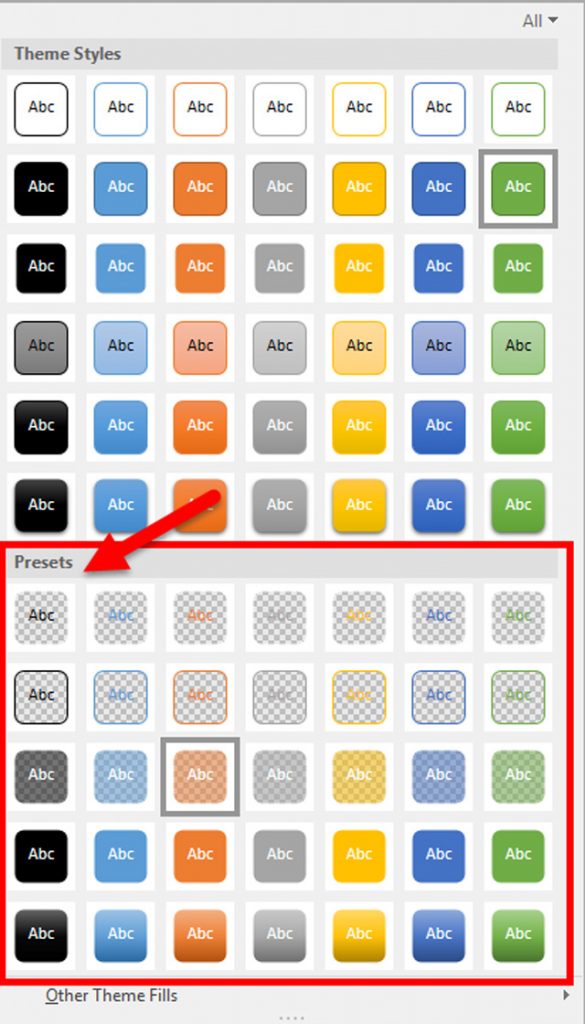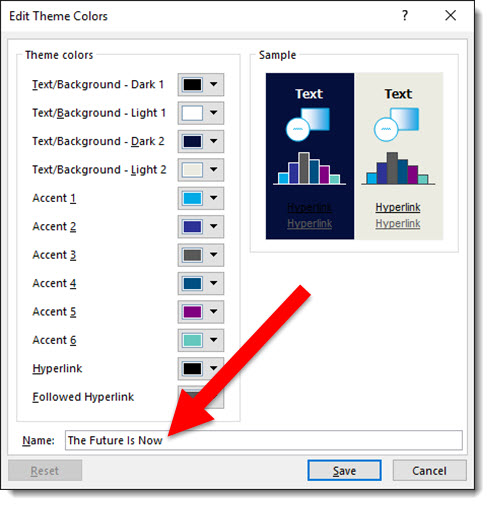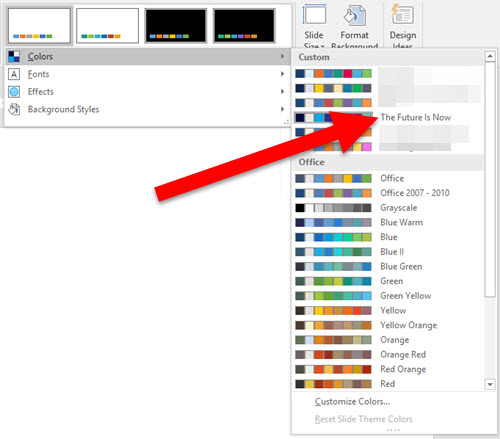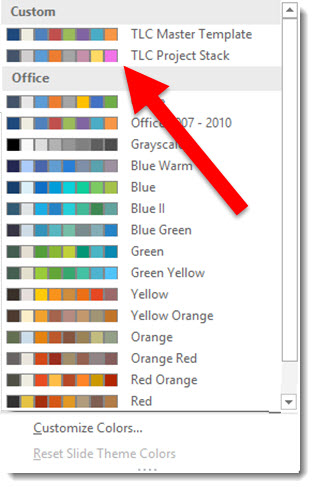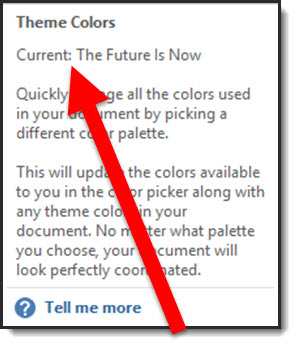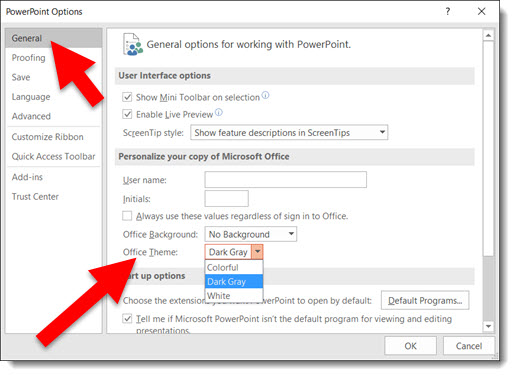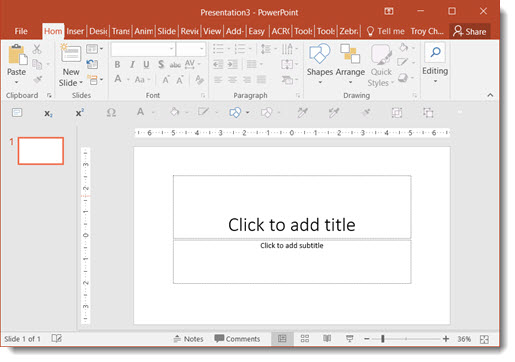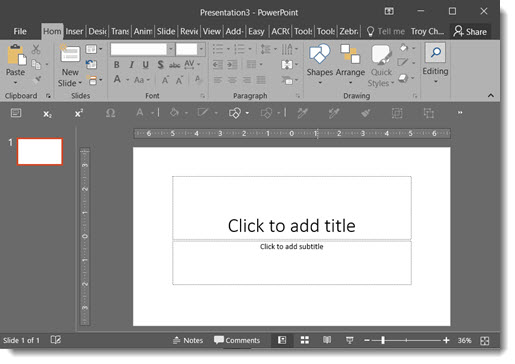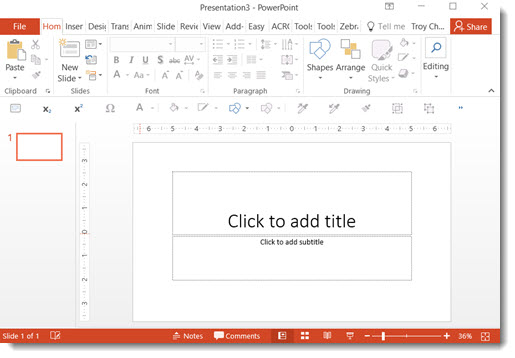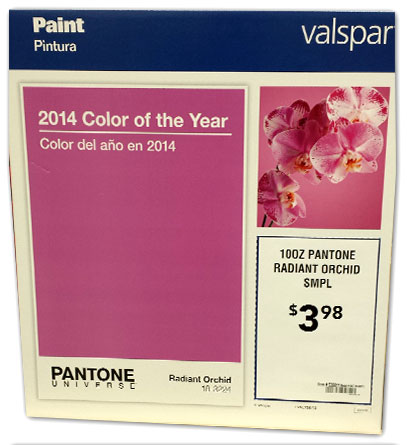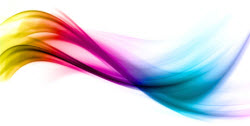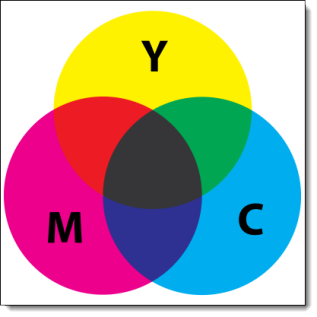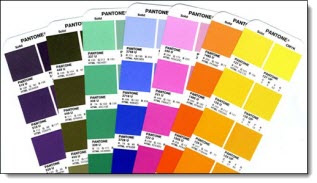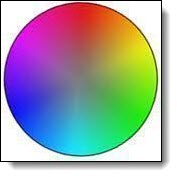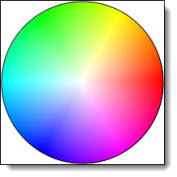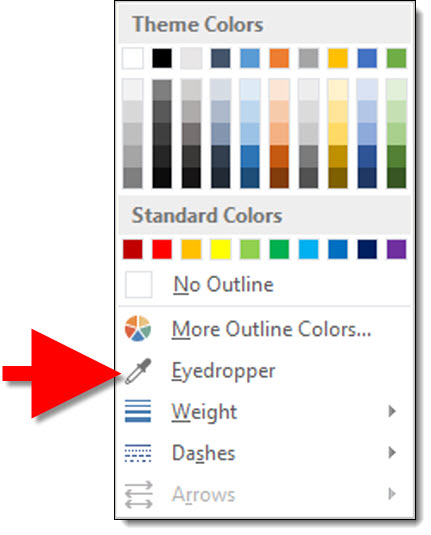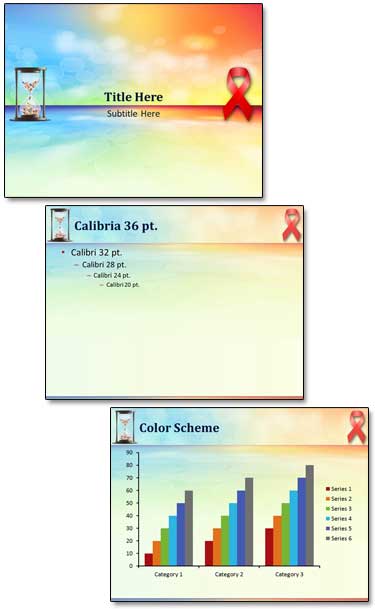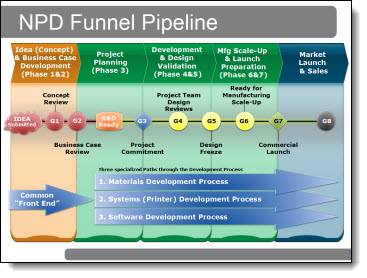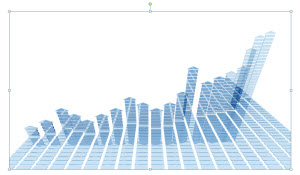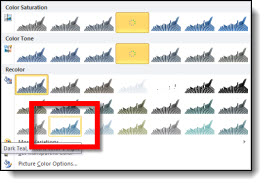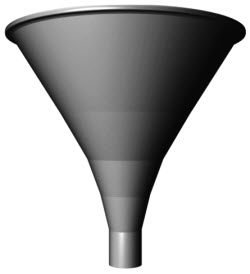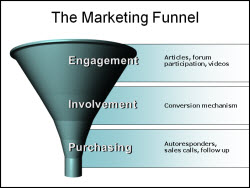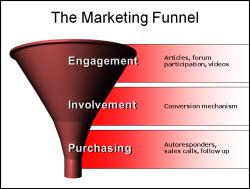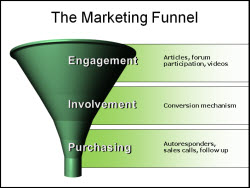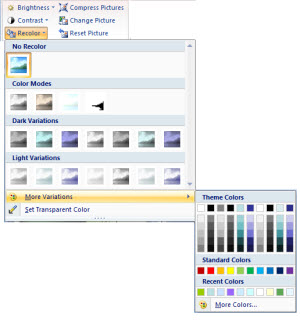What is RGB – CMYK – Hex – and all the other names for colors. Aren’t colors, just colors?
Through the course of print design, web and flash design, and of course PowerPoint design, we have used all of these, and a few more. Here is a quick summary of each of the main color formats/models:
1. RGB – An additive color model in which red, green, and blue light are added together to reproduce colors. RGB Color is the color model used for all electronically displayed documents. RGB is a device dependent color model: different devices detect or reproduce a given RGB value differently.
2. CMYK – A subtractive color model used in color printing. CMYK refers to the four inks used in color printing: cyan, magenta, yellow and key (black). The CMYK model works by partially or entirely masking colors on a lighter, usually white, background. The ink reduces the light that would otherwise be reflective. Such a model is called subtractive because inks “subtract” brightness from white.
3. Pantone and Spot – The Pantone Color Matching System is largely a standardized color reproduction system. By standardizing the colors, different manufacturers in different locations can all refer to the Pantone system to make sure colors match without direct contact with one another. There is a special subset of Pantone colors that can be reproduced using CMYK. Those that are possible to simulate through the CMYK process are labeled as such within the company’s guides.
However, most of the Pantone system’s 1,114 spot colors cannot be simulated with CMYK but with 13 base pigments (15 including white and black) mixed in specified amounts. The Pantone system also allows for many special colors to be produced, such as metallics and fluorescents.
4. Hex – A hex triplet is a six-digit, three-byte hexadecimal number used in HTML, CSS, and other computing applications, to represent colors. The bytes represent the red, green and blue components of the color. One byte represents a number in the range 00 to FF (in hexadecimal notation), or 0 to 255 in decimal notation. This represents the least (0) to the most (255) intensity of each of the color components. Thus, web colors specify colors in the Truecolor (24-bit RGB) color scheme. The hex triplet is formed by concatenating three bytes in hexadecimal notation, in the following order:
• Byte 1: red value (color type red)
• Byte 2: green value (color type green)
• Byte 3: blue value (color type blue)
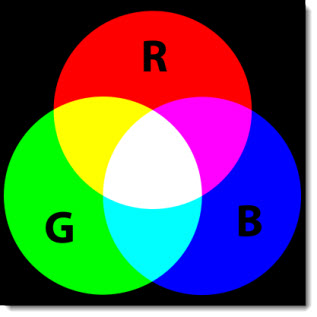
5. HSV and HSL – Recognizing that the geometry of the RGB model is poorly aligned with the color-making attributes recognized by human vision, computer graphics researchers developed two alternate representations of RGB, HSV and HSL (hue, saturation, value and hue, saturation, lightness). HSV and HSL improve on the color cube representation of RGB by arranging colors of each hue in a radial slice, around a central axis of neutral colors which ranges from black at the bottom to white at the top. The fully saturated colors of each hue then lie in a circle, a color wheel.
HSV models itself on paint mixture, with its saturation and value dimensions resembling mixtures of a brightly colored paint with, respectively, white and black. HSL places the fully saturated colors in a circle of lightness ½, so that lightness 1 always implies white, and lightness 0 always implies black.
HSV and HSL are both widely used in computer graphics, particularly as color pickers in image editing software.
Note: All definitions sourced from Wikipedia.com.
– Troy @ TLC

